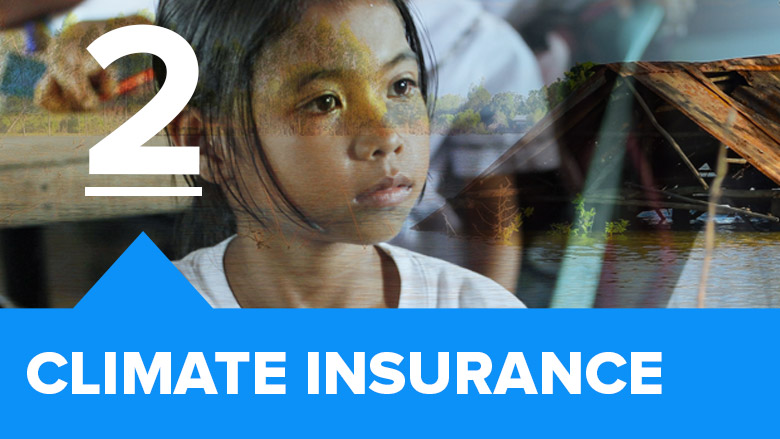Climate change stands as one of the most pressing challenges of our time, posing multifaceted risks to various sectors of our lives, including the insurance industry. As our planet undergoes significant environmental transformations, the insurance landscape faces new challenges and complexities. The intersection of insurance and climate change necessitates a proactive approach, understanding the risks, and devising effective strategies for adaptation and resilience.
Chapter 1: Climate Change and Insurance: A Complex Relationship
Climate change has triggered a cascade of events, from rising sea levels and extreme weather events to shifts in temperature patterns. These changes significantly impact the insurance sector, leading to increased financial liabilities due to heightened risks.
Insurance companies, in response to these emerging challenges, are revisiting their risk models, recalibrating their strategies, and integrating climate data to better comprehend and mitigate potential losses. Understanding the intricate relationship between climate change and insurance is paramount to adapt and thrive in this evolving landscape.
Chapter 2: Assessing Risks: Identifying Vulnerabilities
One crucial aspect of dealing with the impact of climate change on insurance is recognizing the vulnerabilities within various insurance sectors. Disability insurance, for instance, presents a unique set of challenges when considering the ramifications of climate change. Understanding the potential disruptions in income due to climate-induced disabilities becomes essential.
Chapter 3: Protecting Your Income: Disability Insurance in the Face of Climate Risks
Disability insurance serves as a crucial safety net, offering protection in scenarios where individuals face disabilities affecting their ability to work. In the context of climate change, the necessity of disability insurance amplifies, considering the increased likelihood of weather-related disabilities.
Adopting disability insurance becomes a pivotal step towards securing financial stability in the wake of climate-induced disabilities. It acts as a shield, ensuring a steady income source, safeguarding against unforeseen circumstances arising from climate-related events.
Chapter 4: Adapting Strategies: Meeting the Challenges Head-On
Insurance companies are actively adapting their strategies to address the risks posed by climate change. From leveraging technology to enhance risk assessments to creating innovative policies tailored for climate-related events, the industry is evolving rapidly.
Chapter 5: Innovative Approaches: Climate-Resilient Insurance Policies
In the pursuit of climate resilience, insurance companies are developing innovative policies that cater specifically to climate-related risks. These policies encompass broader coverage, including protection against weather-induced disabilities, loss of income due to climate-related events, and comprehensive support in times of need.
Chapter 6: Collaborative Efforts: Partnerships for Mitigation and Adaptation
Mitigating the impact of climate change on insurance requires collaborative efforts. Collaboration between insurers, policymakers, climate scientists, and other stakeholders is indispensable in developing robust frameworks for adaptation and mitigation strategies.
Chapter 7: Data-Driven Insights: Harnessing Technology for Resilience
Leveraging advancements in technology, insurers are harnessing data-driven insights to bolster resilience against climate-related risks. The integration of climate data, predictive analytics, and modeling tools aids in accurate risk assessment, enabling proactive measures to mitigate potential losses.
Chapter 7: Education and Awareness: Empowering Individuals
Empowering individuals with knowledge about the significance of disability insurance amidst climate change is pivotal. Educating the public about the risks posed by climate change and the role of disability insurance in securing financial stability fosters a proactive approach toward safeguarding livelihoods.
Conclusion: Embracing Resilience in an Evolving Landscape
As climate change continues to exert its influence across the globe, the insurance industry stands at a critical juncture. Recognizing the interplay between climate change and insurance, and devising adaptive strategies, is paramount. Disability insurance emerges as a vital component in protecting individuals against income loss stemming from climate-induced disabilities.
In this era of unprecedented environmental shifts, embracing resilience through innovative policies, collaboration, and data-driven approaches is imperative. The evolution of insurance in the face of climate change is not merely a necessity but a proactive step towards securing a resilient future for all.
